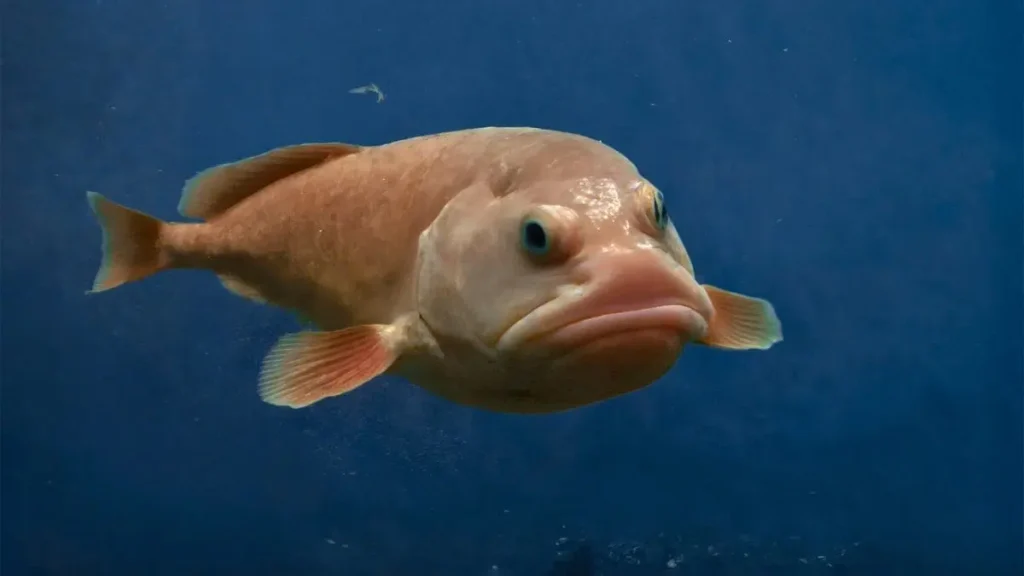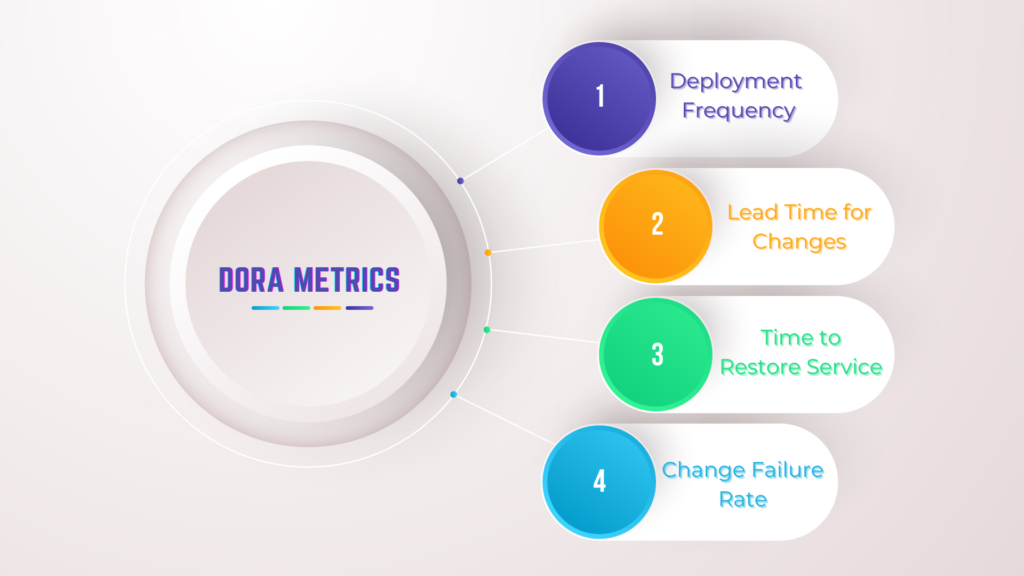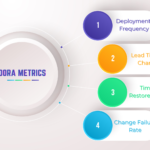Fascinating Facts About Blobfish – A Unique Deep-Sea Creature
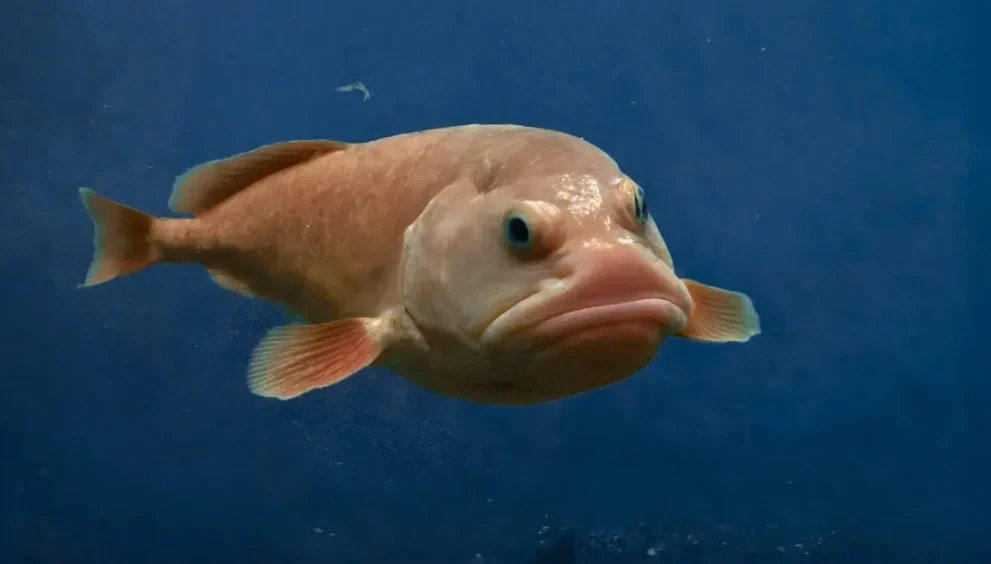
Introduction to Blobfish
The blobfish is one of the most unique and intriguing creatures of the deep sea. Known for its unusual appearance, the blobfish has captivated the curiosity of marine enthusiasts and scientists alike. Found in the deep waters off the coasts of Australia and New Zealand, this species lives at depths of around 2,000 to 4,000 feet where extreme pressure is a daily reality. Despite their odd appearance out of water, blobfish have adapted perfectly to life in their high-pressure, deep-sea environment.
Why Are Blobfish So Special?
Blobfish are special for several reasons, primarily because of their unique adaptations to deep-sea life. Unlike many fish that rely on a gas-filled swim bladder to regulate their buoyancy, blobfish do not possess such a structure. A swim bladder would collapse under the immense pressure of the deep ocean, so instead, their bodies are composed of a gelatinous mass with a density slightly less than water. This allows them to float just above the ocean floor without expending energy. Their strange appearance when brought to the surface is due to the drastic change in pressure, which causes their bodies to lose shape.
The Blobfish’s Adaptation to Extreme Pressure
The blobfish’s fascinating physiology is key to its survival in extreme pressure conditions. Its soft, squishy body and minimal muscle structure allow it to withstand the crushing pressures of the deep ocean. At depths where the pressure is over 100 times greater than at the surface, the blobfish’s body acts almost like a cushion. The lack of muscle may seem like a disadvantage, but in their environment, it allows them to remain energy-efficient. Their gelatinous body structure is perfectly suited for their slow, drifting movement just above the ocean floor, where they feed on small invertebrates.
How Long Do Blobfish Live?
The lifespan of a blobfish can extend up to 130 years, making them one of the longer-living deep-sea species. This longevity is partly due to their slow growth rate and minimal metabolic needs, a common trait among deep-sea organisms. The blobfish’s low-energy lifestyle means that it doesn’t require a high intake of food, which is beneficial in an environment where meals can be scarce. This slow-paced life cycle also means that blobfish reproduce less frequently, which has implications for their conservation as their population numbers can take longer to recover from disruptions.
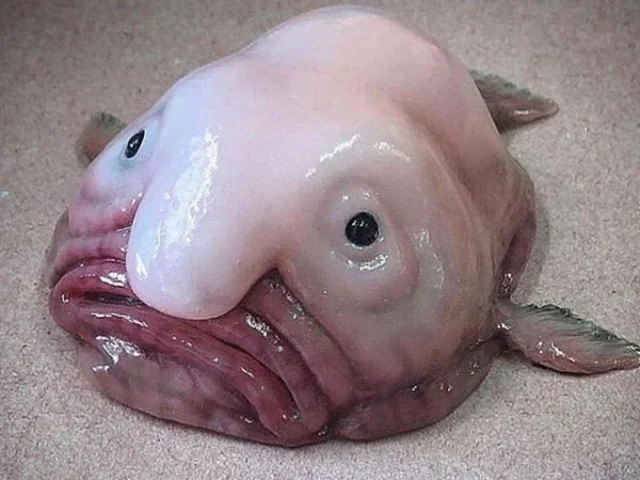
The Reproduction Process of Blobfish
Blobfish have a unique reproduction process that suits their deep-sea habitat. Females lay up to 100,000 eggs in a single nest, usually in rocky areas on the ocean floor. These nests are often located on deep ocean platforms where the water temperature is warmer, providing a more suitable environment for their eggs. Despite laying such a large number of eggs, only a small percentage survive due to the harsh conditions and predation in the deep sea. The blobfish parents often remain near the eggs, which may provide some protection during the critical early stages of development.
Can a Blobfish Kill You?
The question of whether a blobfish can be dangerous to humans often arises. However, the answer is a definitive no. Blobfish are harmless creatures with no means of inflicting harm. They do not have teeth capable of biting or venom that could pose a threat. Their diet mainly consists of deep-sea invertebrates such as sea urchins, crabs, and mollusks, making them non-threatening to larger animals, including humans. Due to their gelatinous structure and lack of muscular strength, blobfish are poorly equipped for any form of aggressive behavior.
Why Do Blobfish Look Human?
The blobfish’s resemblance to a human face when taken out of water is a result of its unusual anatomy and the effects of decompression. Under the high pressure of the deep ocean, their bodies maintain a compact shape. When brought to the surface, the sudden change in pressure causes their skin and gelatinous structure to expand, leading to a saggy, distorted appearance. The exaggerated nose-like structure and drooping “face” are simply the result of their body adapting to conditions far removed from their natural habitat. The human-like appearance is not seen when they remain at their natural depths.
Blobfish Conservation and Challenges
Blobfish face several challenges that threaten their survival, mainly due to deep-sea fishing practices. Trawling, a method where fishing nets scrape the ocean floor, can inadvertently capture blobfish along with other deep-sea species. Since their habitat is remote and difficult to study, the exact population numbers remain unclear. However, their slow reproductive rate means that their population can be slow to recover from such disturbances. Conservation efforts focus on reducing deep-sea fishing activities and raising awareness about the importance of protecting these unique creatures.
Conclusion: Appreciating the Blobfish
The blobfish may look peculiar, but its unique adaptations make it a fascinating example of deep-sea life. From its gelatinous body structure to its slow-paced lifestyle, the blobfish has mastered survival in one of the most extreme environments on Earth. Understanding these adaptations not only helps us appreciate the diversity of marine life but also highlights the need to protect fragile deep-sea ecosystems. By respecting their habitat and reducing harmful fishing practices, we can ensure that the blobfish and other deep-sea species continue to thrive in their natural world.


